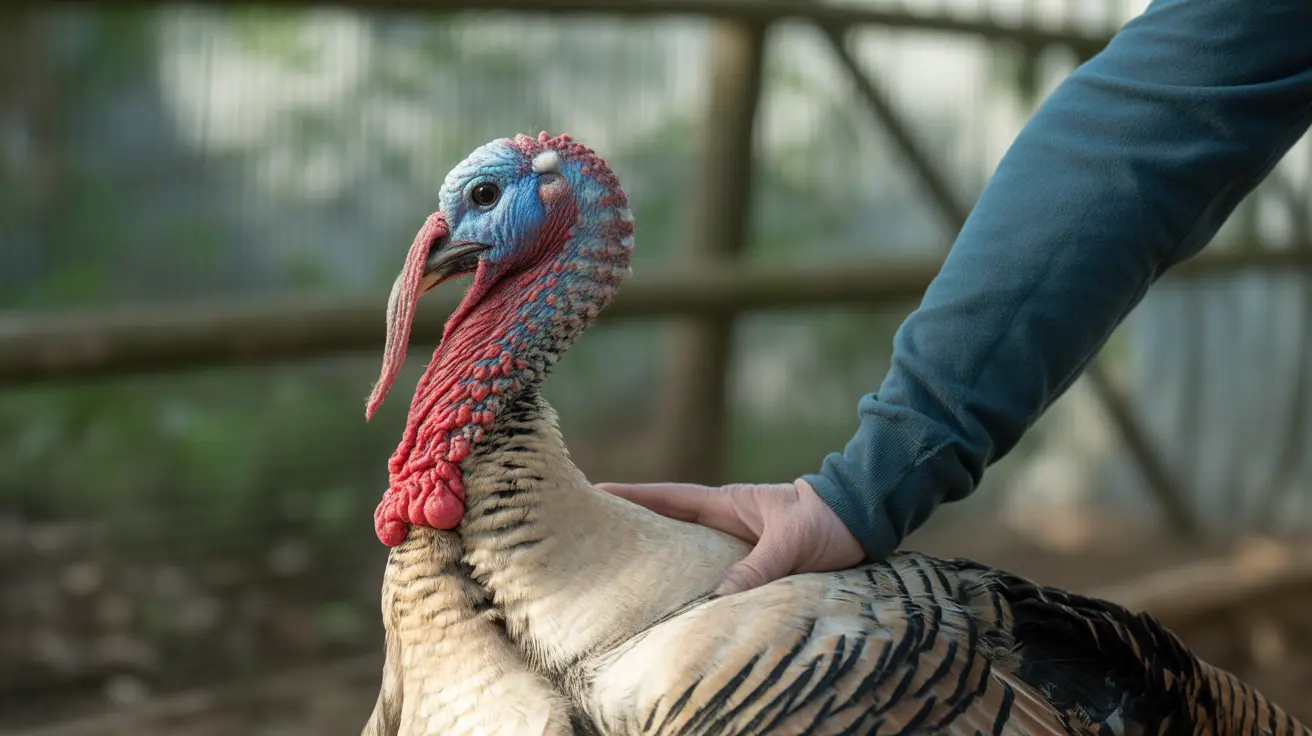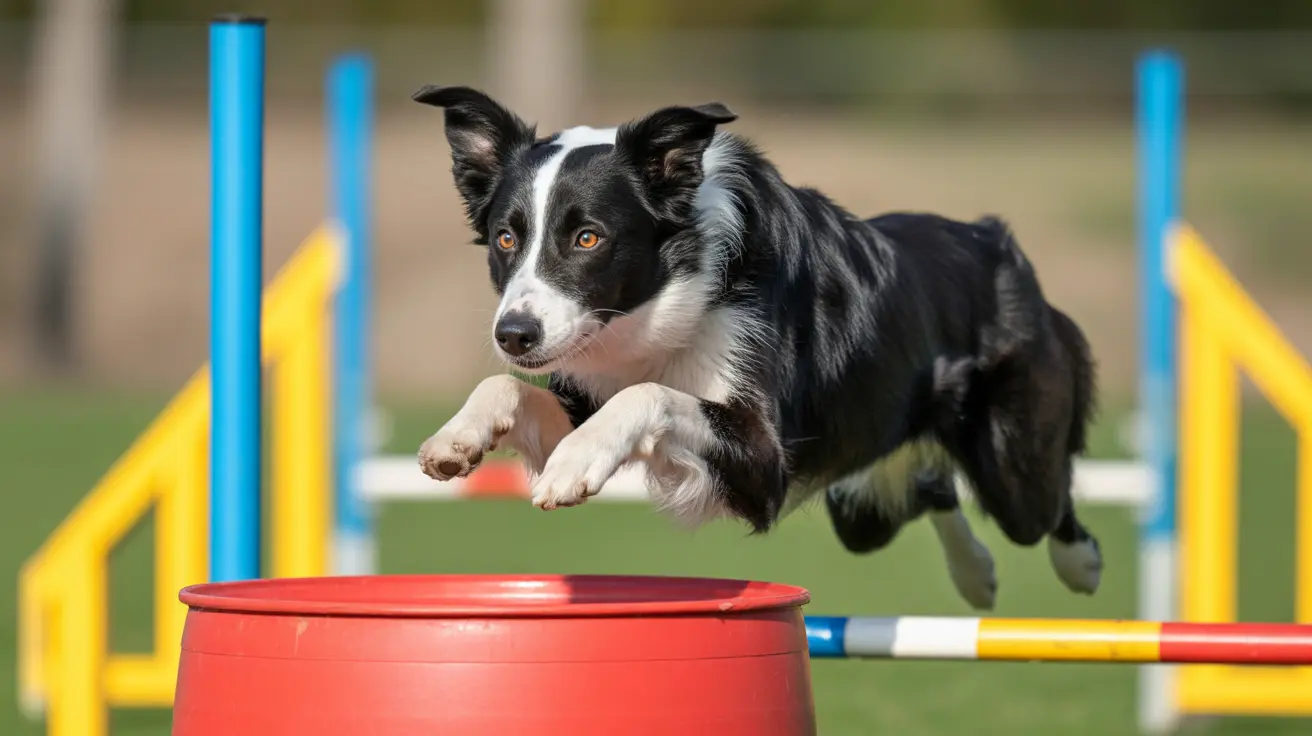The Purpose and Importance of Dew Claws in Dogs
Dew claws are often overlooked appendages on a dog’s foot, but they serve several important functions — particularly on the front legs. Found higher up on the inner part of a dog’s paw, dew claws are often considered to be analogous to a human thumb or big toe, depending on whether they’re on the front or hind legs. While not every dog has rear dew claws, virtually all dogs have them on their front legs, and their presence — or absence — can significantly influence a dog’s mobility and even long-term joint health.
What Is a Dew Claw?
A dew claw is an extra toe located on the inner side of a dog’s paw, slightly above the other toes. Most dogs have four toes that touch the ground, and a dew claw acts as a fifth digit. In anatomical terms, the dew claw is equivalent to the thumb (on front legs) or big toe (on rear legs).
Types of Dew Claws
- Front Dew Claws: Typically attached by bone and ligaments; found on nearly all canine species.
- Rear Dew Claws: Often present in certain breeds; usually only attached by skin, making them more prone to injury.
- Single vs Double Dew Claws: Some breeds have double rear dew claws, which may or may not be connected to bone.
Functions of Dew Claws
Dew claws have specific benefits, especially those on the front legs:
- Increased Traction: Dew claws can come into contact with the ground when dogs are running or making sharp turns, helping to provide stability and grip.
- Joint Support: They help stabilize the carpal (wrist) joint and may reduce stress on leg ligaments by preventing undue twisting motions.
- Object Handling: Some dogs use their dew claws to hold bones or toys, especially during play or chewing.
- Assistance in Climbing: Dew claws can aid in climbing out of water or onto raised surfaces.
Breed-Specific Considerations
Certain breeds are known for specific types of dew claws:
- Great Pyrenees, Briard, and Beauceron: Known to have double rear dew claws as part of the breed standard.
- Icelandic Sheepdog and Anatolian Shepherd: Often exhibit rear dew claws with variable attachment types.
Dew Claw Removal: Is It Necessary?
Many breeders and owners once favored removing dew claws to prevent injury or to improve appearance. However, current expert opinion suggests that front dew claws, when attached by bone, serve vital functional purposes and should not be removed preventively. Key reasons to avoid routine removal:
- Risk of Orthopedic Issues: Dogs without front dew claws may face increased stress on joints.
- Position Stability Loss: Reduced support during high-speed or slippery movements.
That said, removal might be considered under certain conditions:
- Injury: Torn, infected, or repeatedly damaged dew claws may need to be removed.
- Loose Attachment: Especially common in rear dew claws that are not connected by bone.
- Breed Standards: In show dogs, presence or absence of dew claws may affect show eligibility.
Caring for Dew Claws
Proper care is essential to prevent injury and overgrowth:
- Regular Trimming: Dew claws don’t always touch the ground and can become overgrown or ingrown.
- Injury Monitoring: Look for signs of swelling, splitting, redness, or discomfort.
- Veterinary Attention: Damaged dew claws may require sedation for trimming or removal and subsequent medication.
Injuries and Complications
Common dew claw injuries include:
- Torn or Pulled Nails
- Breaks or Splits
- Infections or Ingrown Nails
Veterinary attention is usually required for severe injuries, and antibiotic or pain medication may be prescribed. Untreated injuries can lead to long-term problems such as joint inflammation or infection.
Key Takeaways
- Front dew claws are generally functional and contribute to paw stability and safety.
- Rear dew claws serve less obvious purposes and are often more mobile.
- Routine removal is discouraged unless medically necessary.
- Regular maintenance and awareness can prevent most dew claw issues.
Understanding the anatomical and functional significance of dew claws allows owners to make informed decisions about their care and management. While they may seem minor, dew claws contribute to a dog’s agility, stability, and overall paw health.





